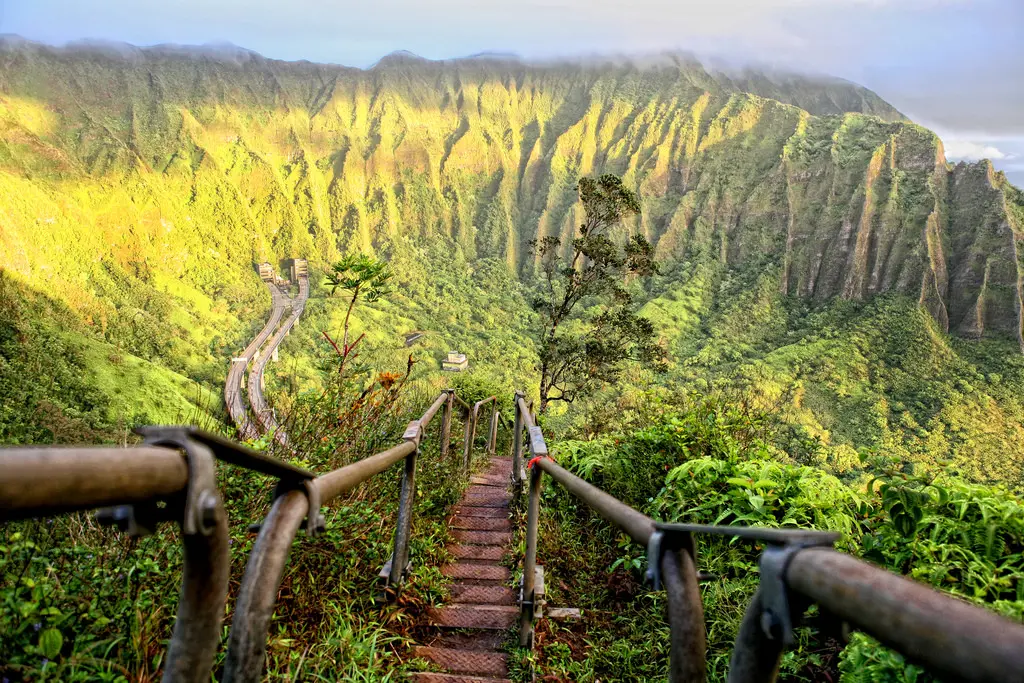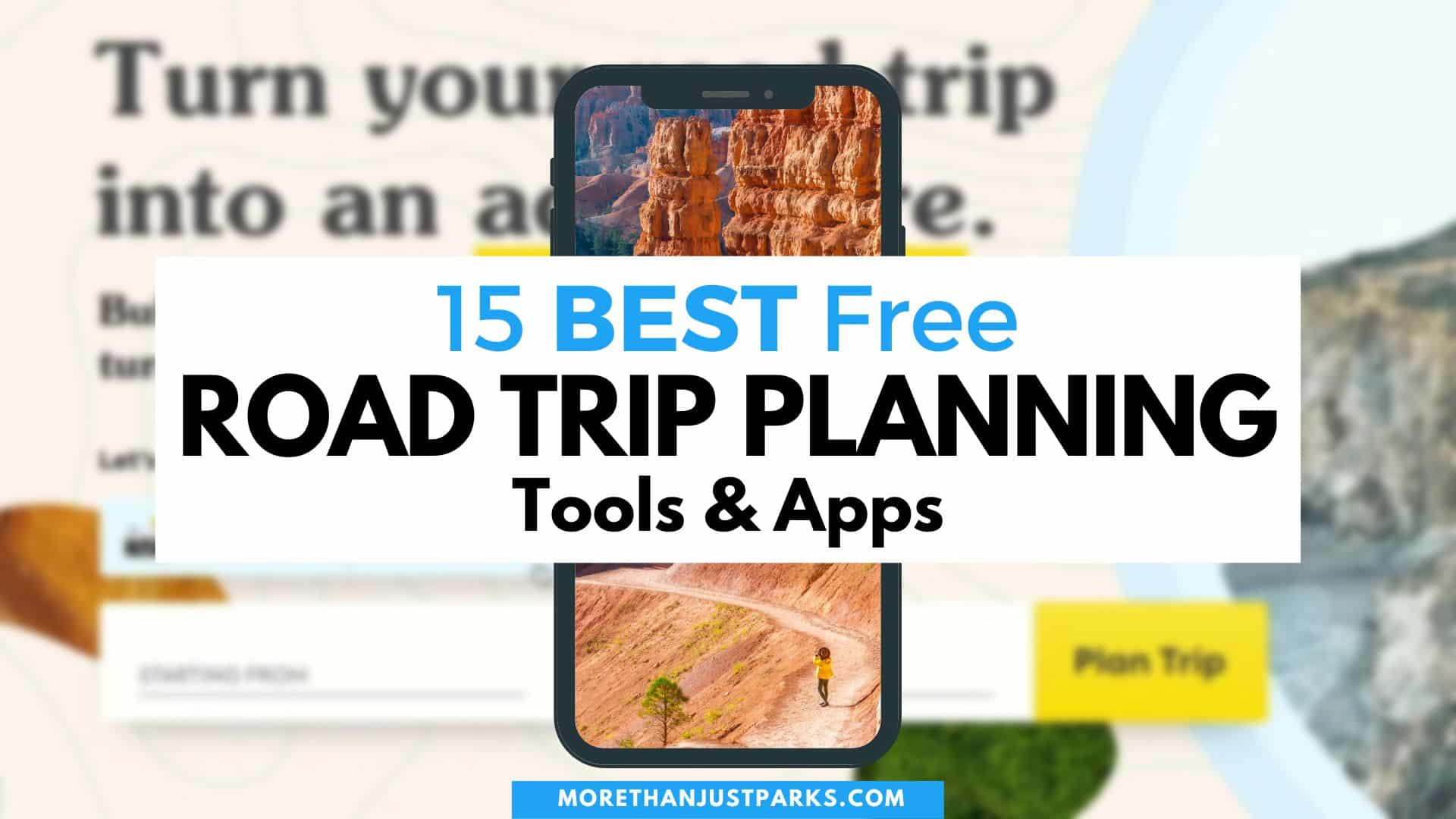Step-by-Step Guide to Planning a Road Trip

Anúncios
Embarking on a road trip represents an exhilarating opportunity to explore new locations and create lasting memories.
Whether one envisions scenic highways or unique roadside attractions, meticulous planning is essential to ensure a smooth journey.
This guide will provide a comprehensive overview of the process, covering essential aspects such as selecting the ideal destination, establishing a budget, and ensuring the vehicle is prepared for the road.
Furthermore, it will offer valuable tips on navigation, maintaining safety while traveling, and capturing unforgettable moments.
Anúncios
Prepare to embark on an enriching experience along the open road.
Planning Your Road Trip
Planning a road trip necessitates several essential steps to ensure a memorable journey characterized by adventure and exploration.
Key aspects include selecting an ideal destination, developing a comprehensive itinerary, mapping out scenic routes, and budgeting for accommodations and fuel. Each of these elements is crucial in shaping the overall travel experience.
Utilizing various travel applications and tools can facilitate the planning process, allowing for efficient management of travel logistics, including packing lists, restaurant recommendations, and sightseeing opportunities.
Additionally, a thorough understanding of timing and potential weather conditions can significantly enhance the overall enjoyment of the road trip.
Choosing Your Destination
Selecting the appropriate destination for a road trip is a critical component of planning a successful journey, as it establishes the foundation for a diverse array of unique experiences and attractions along the route.
Considering personal interests is essential; whether one is inclined towards exhilarating outdoor pursuits or wishes to immerse themselves in local cultural traditions, these preferences significantly influence the choice of destination.
It is also important to evaluate available attractions, such as historic sites, picturesque parks, or vibrant markets, which can greatly enhance the overall experience of the trip.
Local landmarks are particularly significant, as they not only contribute to the aesthetic appeal of the destination but also often represent the region’s history and cultural charm.
For those interested in prominent cities, destinations such as New Orleans, renowned for its lively music scene, or San Francisco, famous for its iconic Golden Gate Bridge, provide numerous opportunities for exploration.
Similarly, areas known for their scenic beauty, such as the Pacific Coast Highway or the mountainous landscapes of Colorado, offer breathtaking and memorable points of interest that can enrich the journey.
Setting a Budget
Establishing a budget for a road trip is crucial to ensure that all planned activities can be enjoyed without exceeding financial limits and incurring undue stress during the journey.
This process involves accurately estimating various expenses, including fluctuating fuel costs, which depend on the distance traveled and the vehicle’s fuel efficiency. Accommodations represent another significant consideration; the choice between camping, hotels, or rental properties can substantially impact the overall budget.
Food expenses, whether from dining at restaurants or preparing meals during the trip, should also be carefully accounted for. Additionally, it is important to plan for entertainment costs, which may include entrance fees to attractions and expenses associated with spontaneous stops along the way.
Utilizing effective budget planning strategies, such as employing travel applications to track expenses and establishing daily spending limits, can enhance the overall enjoyment of the journey while maintaining financial discipline.
Creating a Travel Itinerary
Creating a detailed travel itinerary is a critical aspect of road trip planning, as it facilitates the organization of the journey and ensures that essential activities and sightseeing opportunities are not overlooked.
An effective itinerary serves not only to map out the route but also to incorporate flexibility, allowing for spontaneous discoveries or necessary detours. Begin by identifying key destinations and attractions to explore, taking note of their opening hours and any events that may coincide with your travel dates.
Additionally, developing a travel checklist is of paramount importance; this should encompass essentials such as:
- Travel documents
- Snacks
- Necessary road trip equipment
It is advisable to strike a balance in the schedule by including various activities while also incorporating rest stops for relaxation, thereby allowing ample time to recharge and appreciate the scenery.
This method ultimately contributes to a more enriching experience, ensuring that every moment spent on the journey fosters lasting memories.
Preparing for Your Road Trip
Preparing for a road trip is essential to ensure a safe and enjoyable experience. This preparation involves conducting necessary vehicle maintenance checks and creating a comprehensive packing list that encompasses all travel gear, including clothing, snacks, and entertainment.
It is also advisable to have an emergency kit readily available and to secure travel insurance to safeguard against unforeseen circumstances. Diligent preparation will help mitigate common pitfalls and enhance the overall enjoyment of the journey.
Vehicle Maintenance and Safety Checks
Conducting vehicle maintenance and safety checks is an essential step in preparing for a road trip, as it ensures that the vehicle is in optimal condition and capable of handling the journey ahead.
Regular inspection of fluid levels, including oil, coolant, and brake fluid, is crucial in preventing engine issues. Additionally, assessing tire conditions for proper inflation and tread wear is vital for ensuring maximum grip and safety on the road.
The performance of the brakes must also be carefully examined, as well-functioning brakes are critical for safety, particularly during long drives.
Furthermore, being mindful of fuel efficiency not only enhances the overall performance of the vehicle but also significantly impacts travel expenses. A well-maintained vehicle contributes to smoother rides and improved mileage, ultimately benefiting the travel budget.
Packing Essentials
Creating a comprehensive packing list that includes essential travel gear can significantly enhance comfort and enjoyment during a road trip, ensuring preparedness for various situations that may arise.
A meticulously curated packing list—encompassing items such as snacks and beverages, travel games, and entertainment options—has the potential to transform a lengthy drive into a pleasurable adventure. It is advisable to include portable chargers for electronic devices, a selection of preferred music or podcasts, and possibly a travel book to engage all passengers.
Equally critical is the inclusion of an emergency kit, which should contain essential items such as first-aid supplies, a flashlight, and basic tools.
This level of foresight not only addresses potential unexpected situations but also provides peace of mind, enabling travelers to concentrate on enjoying the journey ahead.
On the Road: Tips for a Smooth Trip
While traveling, the implementation of effective travel tips can enhance the overall experience, ensuring a smoother and more enjoyable journey.
This approach allows individuals to concentrate on the adventure that lies ahead, rather than being preoccupied with potential challenges.
Navigation and Route Planning
Effective navigation and route planning are essential elements of a successful road trip, facilitating the identification of optimal scenic routes and enhancing overall travel experiences.
With a wide array of navigation tools and travel applications available, travelers can efficiently plot a course that encompasses breathtaking views and highlights significant landmarks throughout their journey.
The use of GPS systems not only improves accuracy but also provides real-time updates on traffic conditions, thereby ensuring a smooth travel experience.
By selecting scenic routes, travelers have the opportunity to convert ordinary drives into memorable adventures, as these pathways often lead to stunning vistas, charming towns, and historical sites that may otherwise be overlooked.
Incorporating these tools into travel planning enables adventurers to elevate a basic trip into a profound exploration of culture and nature.
Staying Safe and Alert
Ensuring safety and vigilance during a road trip is of utmost importance, as it allows for a more enjoyable travel experience while minimizing the risks associated with extended driving.
Maintaining alertness while driving is not merely a personal decision; it is a critical component of road safety that impacts both the driver and all other road users. One effective strategy to enhance alertness is to take regular breaks at rest stops, where one can stretch, hydrate, and rejuvenate.
It may be beneficial to set a timer to remind oneself to pause every couple of hours, even in the absence of fatigue.
Maintaining a comfortable temperature within the vehicle, listening to stimulating music, or sharing driving responsibilities with a companion can significantly improve focus and reduce fatigue.
Additionally, being prepared to handle emergencies—such as knowing how to access roadside assistance or having an emergency kit readily available—is essential for any traveler. This proactive approach not only enhances safety but also contributes to a more pleasant journey.
Making the Most of Your Road Trip
Maximizing the potential of a road trip entails the exploration of local attractions and experiences that elevate an ordinary journey into a series of unforgettable travel memories.
Exploring Local Attractions
Exploring local attractions during a road trip enhances the travel experience by allowing individuals to discover hidden gems and notable landmarks along their route.
By prioritizing these experiences, travelers can develop a more enriching itinerary that extends beyond mere destinations. It is advisable to begin by researching attractions in advance, utilizing travel guides, applications, and local tourism websites to identify sites that align with personal interests or possess historical significance.
Engaging with locals or fellow travelers can also yield valuable recommendations, as their insights often reveal unexpected delights. Incorporating these sightseeing opportunities not only enhances enjoyment but also fosters a deeper appreciation for the culture and community encountered, ultimately making the journey truly memorable.
Tips for Taking Memorable Photos
Capturing memorable photographs during a road trip serves as an excellent means to document the essence of one’s travels and to create lasting memories of scenic views and experiences.
To enhance the quality of these snapshots, it is advisable to consider the lighting conditions and the time of day for photography. Early mornings and late afternoons typically offer the most flattering natural light, which can add warmth and depth to the images.
Attention to composition is also crucial; employing techniques such as the rule of thirds can significantly improve the visual appeal of photographs taken at remarkable locations.
Additionally, utilizing appropriate equipment, including a sturdy tripod and a versatile lens, will greatly influence the ability to capture stunning landscapes with precision.
It is important to explore a variety of locations—such as national parks, coastal highways, and quaint roadside stops—each offering unique photographic opportunities that authentically narrate the journey.
Frequently Asked Questions
What are the first steps to planning a road trip?
To begin planning a road trip, you should decide on a destination and create a budget for your trip. Then, determine the dates of your trip and research the best route to take.
How do I choose the best route for my road trip?
When choosing a route for your road trip, consider factors such as the length of the trip, the scenery you want to see, and any specific attractions or landmarks you want to visit along the way. Use online mapping tools to help you plan your route.
What should I include in my road trip budget?
Along with gas and lodging expenses, make sure to budget for food, activities, and any unexpected expenses that may arise. It’s also a good idea to have some extra money set aside for emergencies.
How can I save money while planning a road trip?
To save money on a road trip, consider camping or staying with friends or family instead of booking hotels. You can also pack snacks and meals to avoid eating out for every meal.
What should I pack for a road trip?
Along with the usual travel essentials, make sure to pack car maintenance items such as a spare tire and jumper cables. It’s also a good idea to bring an emergency kit with first aid supplies and a flashlight.
What are some important things to remember while on a road trip?
Be sure to stay alert while driving, take breaks to rest and stretch, and follow all traffic laws. It’s also helpful to have a map or GPS device on hand in case you get lost. And most importantly, have fun and enjoy the journey!


